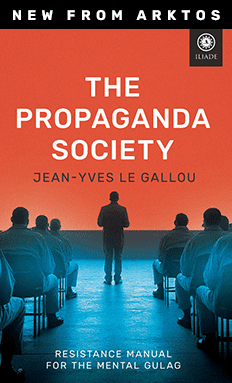Black South Africans In Path Of HIV Juggernaut
Thomas Hartleb, SA Press Assoc., March 14, 2007
Black South Africans are six times more likely to get infected with the HI virus than other race groups, the Health Department told an Aids conference in Johannesburg on Wednesday.
“In 2005, blacks were found to be the most affected—of the order six to seven times higher than non-Africans,” the department’s head of HIV/Aids, Dr Nomonde Xundu, told a conference on the National Strategic Plan for Aids and Sexually Transmitted Infections 2007-2011.
Informal urban dwellers are twice as likely to contract the virus as formal urban dwellers, and women are three times more likely than men to contract it, she said.
Xundu, one of the compilers of the plan, was presenting it to government, civil society and business representatives. One of the goals of the plan is to halve new HIV infections by 2011.
It is estimated that there are about 5,5-million people in South Africa living with HIV/Aids, but the problem is to find them. “We’re not finding these people because few are being tested,” Xundu said.
Stigma
She said stigma, denial and exclusion are “huge” factors that interfere with treatment. Women are also more likely to be the victims of stigma. This “culture of silence and discrimination” results in continued high-risk sexual behaviour.
Particular attention should be paid to promoting male sexual health and addressing gender-based violence.
Those at greater risk of contracting the disease include informal traders, domestic workers and “mobile populations” such as migrant workers and truck drivers. The communities from which these migrants come, and those to which they travel, are also at risk.
Xundu said about 40% of the plan’s cost—estimated to be about R4,5-billion in 2007/08—will be spent on antiretrovirals. She said the department cannot afford to channel more money in this direction.
“We don’t need more people becoming HIV-positive and getting these services. Prevention has to work.”
One of the weaknesses of the 2000-2005 plan was a lack of coordination between parties concerned.
Xundu said that while the effect of HIV/Aids on the economy is not clear, the International Labour Organisation has expressed concerns about the possibility of reduced productivity.
Omissions
While the audience’s response to the plan was largely positive, a few pointed to omissions.
A representative of a gay and lesbian group, and another from the disabled sector, pointed out that the concerns of their constituencies had not been mentioned.
Another delegate remarked that the belief that a man could cure the disease by having sex with a virgin girl was also not mentioned.
A representative of the Health Professions Council of South African said: “We need to address men as vectors of the disease. Men need to be rehabilitated about their sexuality. I’d like to see that as part of the plan. I’m sick and tired of children killed and raped by men.”
Men came in for a further tongue-lashing from a representative of the men’s sector. “We need to target the boy child at an early age so they don’t replicate the behaviour of their fathers. Men are like mosquitoes who spread malaria. We spread HIV/Aids.”
An HIV-positive delegate identified as Tebogo, however, said poverty and prostitution are closely linked. “Under conditions of poverty, almost all women want to commercialise their bodies,” he said to derisive whistles from the audience.















